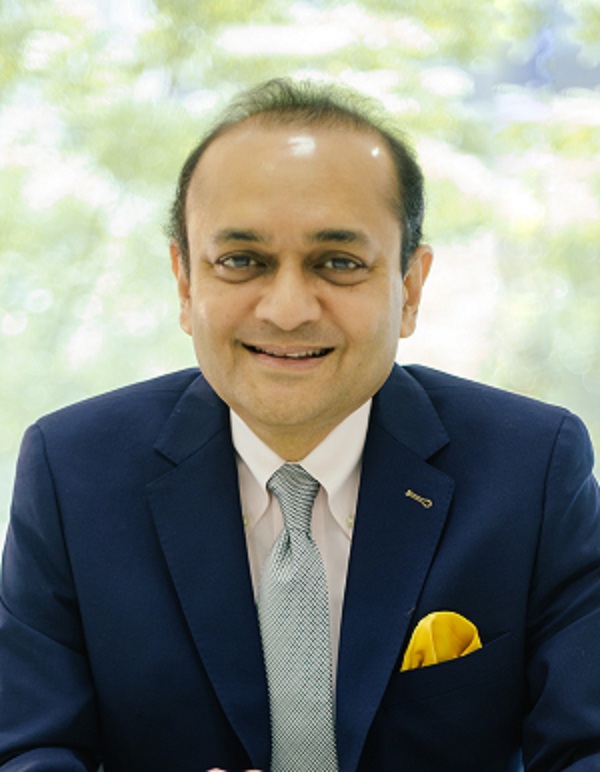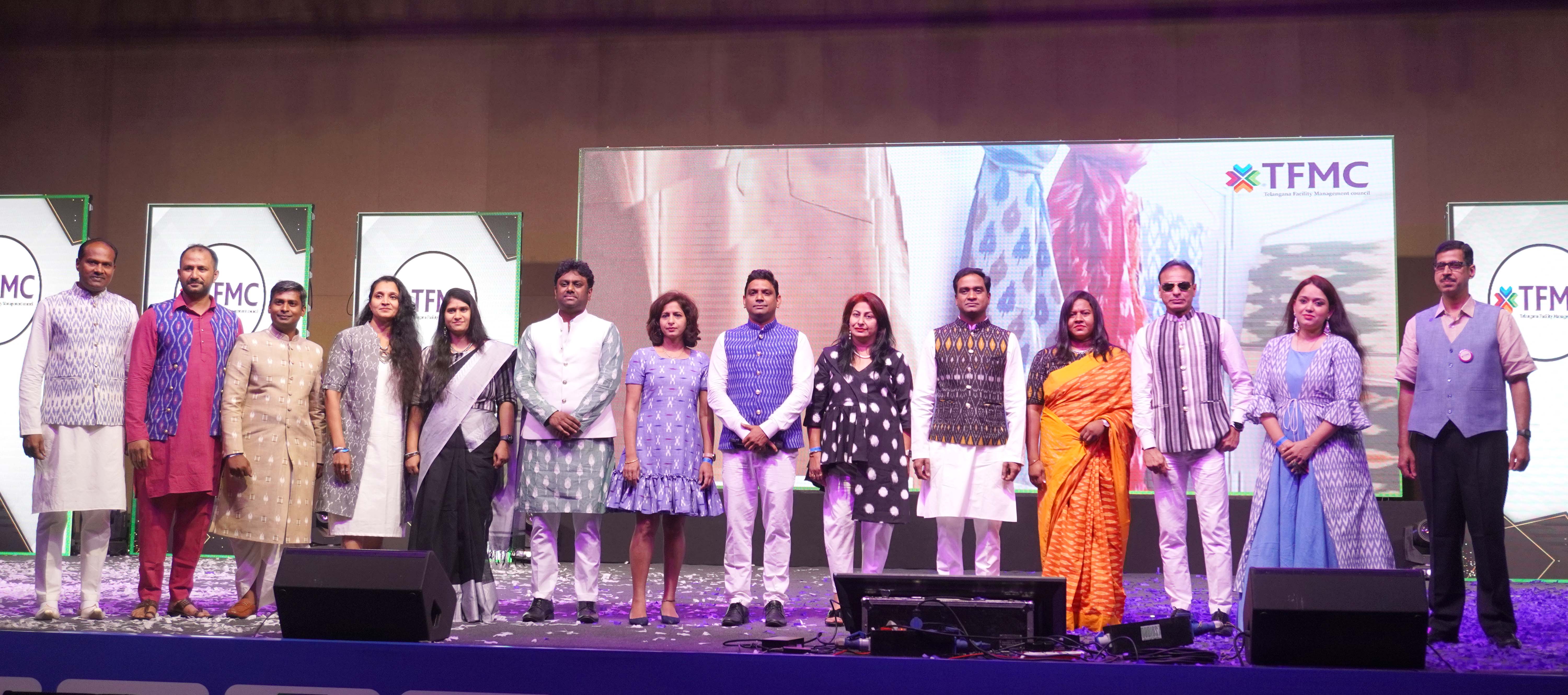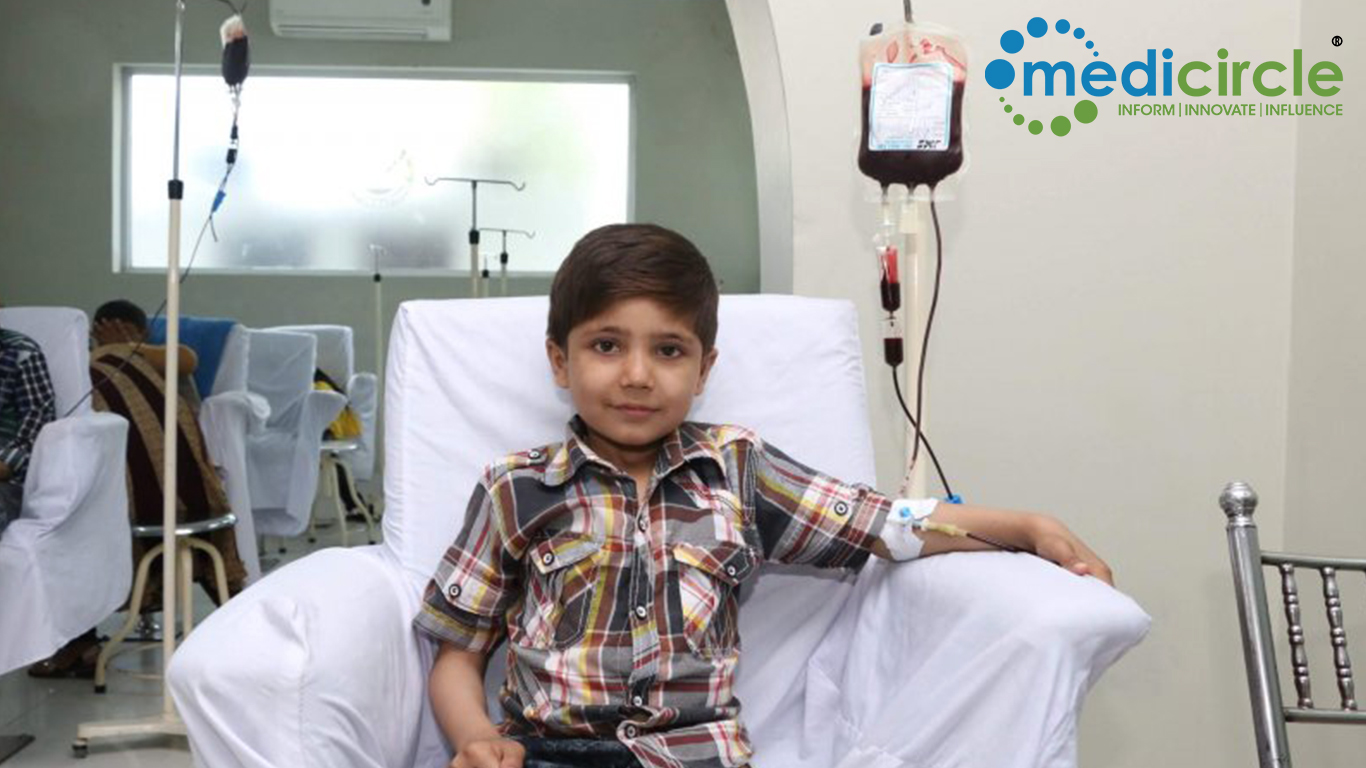India's healthcare sector, a vital part of the nation's economy, faces a significant gender imbalance in leadership roles, as revealed by a recent study. Despite the presence of 29% female doctors and 80% in nursing departments, women remain underrepresented in executive and board-level positions. Let’s explore the findings of the "An Unbalanced Scale: Exploring the Female Leadership Gap in India’s Healthcare Sector" report by Dasra, shedding light on the challenges, implications, and potential solutions to address this disparity.
Understanding the Gender Gap:
The Dasra report highlights a stark reality – only 18% of leadership roles in India's healthcare sector are occupied by women, earning 34% less than their male counterparts. Globally, women hold only 25% of senior positions and a mere 5% of leadership roles in healthcare. The report identifies stereotypes, social norms, and misconceptions about diversity as contributing factors to the obstacles hindering women's career paths in healthcare leadership.
Challenges Faced by Women in Healthcare:
Stereotypes regarding women's commitment and competence, coupled with social norms influencing work environments, create a challenging landscape for women in healthcare leadership. The misconception that diversity does not enhance profitability further complicates the issue. Additionally, the scarcity of qualified women candidates limits their entry, retention, and advancement in leadership roles. Despite the majority of healthcare workers in India being female, only 17% of hospital board members were women in 2021.
Insights from Healthcare Professionals:
Dr. Junaid Ansari from Cygnus Laxmi Hospital acknowledges the progress made toward gender equality but recognizes imbalances in certain specialties. Factors like traditional gender expectations, implicit biases, and limited mentorship opportunities contribute to the existing gap. Dr. Nidhi Singhvi, a Consultant Gynecologist at Regency Hospital, emphasizes the importance of mentorship programs, transparent promotion processes, and supportive policies for work-life balance to attract and retain female talent in medicine.
Workforce Distribution and Compensation Disparities:
The majority of women in India's healthcare sector are concentrated in low-paying frontline roles. Fields with a higher concentration of female doctors, such as gynecology and pathology, tend to have more female sales representatives. Conversely, historically male-centric specialties like orthopedics and cardiology exhibit male dominance in sales roles. On average, women across the healthcare workforce earn 34% less than their male counterparts.
The Impact of Gender Disparity:
The underrepresentation of women in leadership roles signals a deeper challenge within the healthcare sector. Shailja Mehta, Director at Dasra, emphasizes the need for intentional strategies, mentorship programs, and organizational policies to empower women and overcome these hurdles.
Healthcare Workforce Statistics:
As of 2021, the healthcare sector in India employs 9.3 million people, with approximately 85% working in the private sector. The remaining 15% are engaged in the public sector, including public hospitals and government bodies. Driven by increased healthcare spending and a rising burden of chronic diseases, the sector projects a Compound Annual Growth Rate (CAGR) of 11-13% by 2030.
Addressing the Gender Gap:
Dr. Nidhi Singhvi suggests dismantling barriers and ensuring equitable representation in leadership roles through collaboration between male and female doctors and organizational commitment to diversity. Changes at the organizational level, such as inclusive environments and seamless reintegration of women into the workforce after career breaks, can help dwindle the gender gap in leadership roles.
Future Outlook and Policy Recommendations:
By 2030, India's private healthcare sector is expected to add eight million employees, generating 40,000 new leadership roles. Dasra recommends policy changes, such as promoting diversity in senior leadership through awareness initiatives and legal reforms. Examples from countries like Japan and Switzerland highlight successful approaches to fostering gender equality in corporate leadership.
The gender imbalance in India's healthcare leadership demands urgent attention and deliberate efforts to bring about positive change. Breaking stereotypes, promoting diversity, and implementing supportive policies are crucial steps toward creating a more inclusive healthcare environment. As the sector continues to grow, ensuring equal opportunities for men and women in leadership roles is not just a matter of fairness but also a strategic imperative for the advancement of healthcare in the country
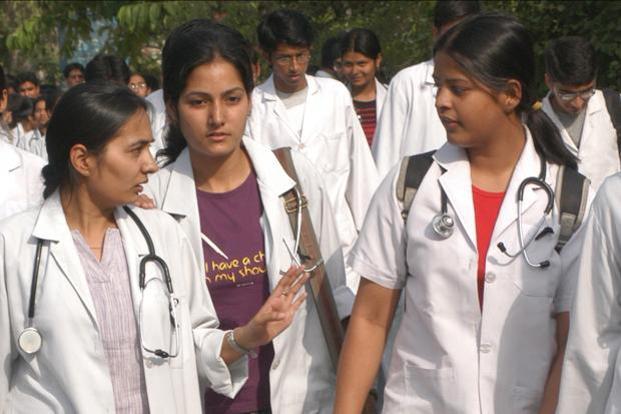
 The gender imbalance in India's healthcare leadership demands urgent attention and deliberate efforts to bring about positive change. Breaking stereotypes, promoting diversity, and implementing supportive policies are crucial steps toward creating a more inclusive healthcare environment.
The gender imbalance in India's healthcare leadership demands urgent attention and deliberate efforts to bring about positive change. Breaking stereotypes, promoting diversity, and implementing supportive policies are crucial steps toward creating a more inclusive healthcare environment.
















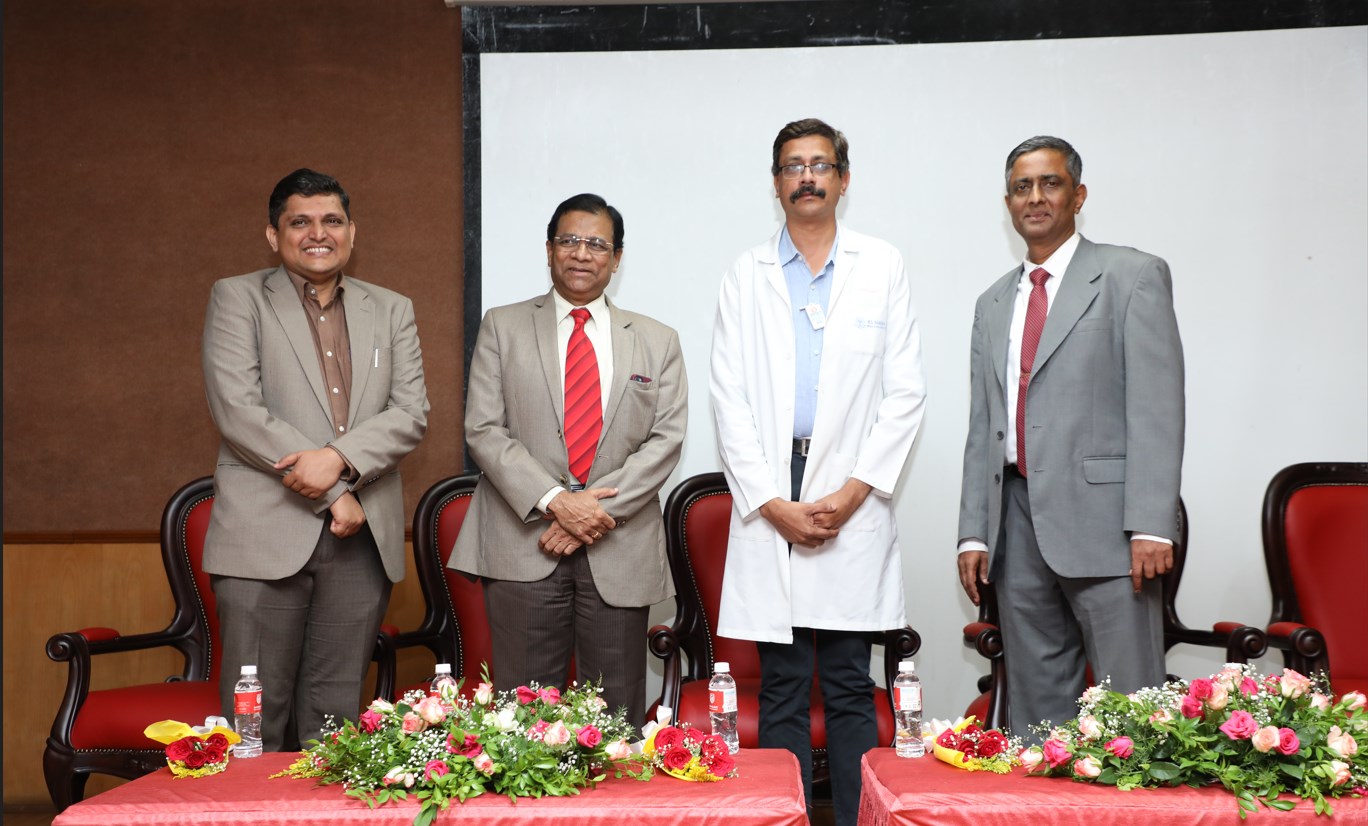


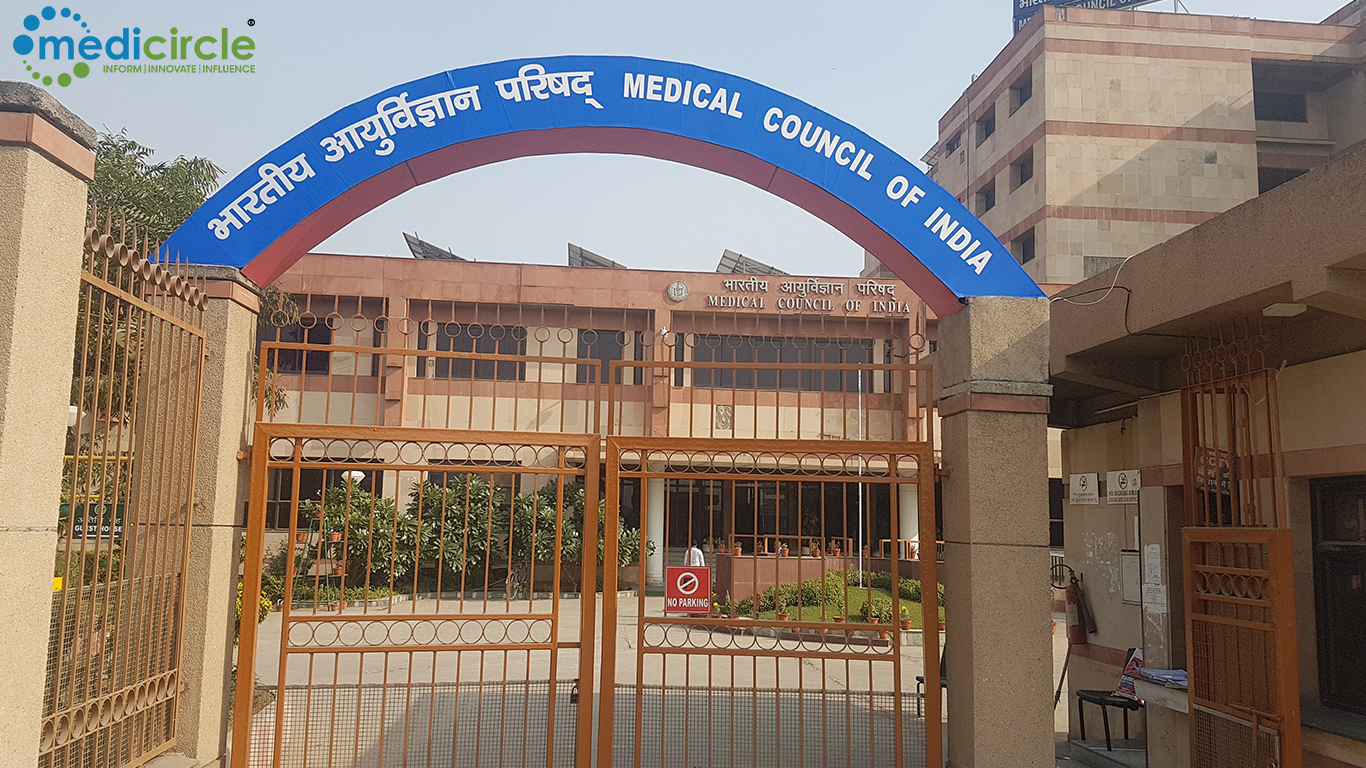

.jpg)
